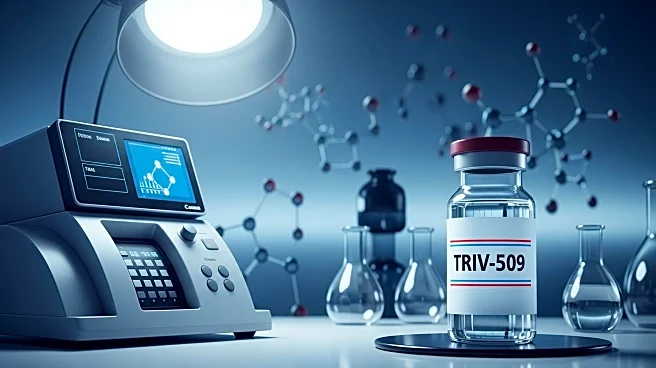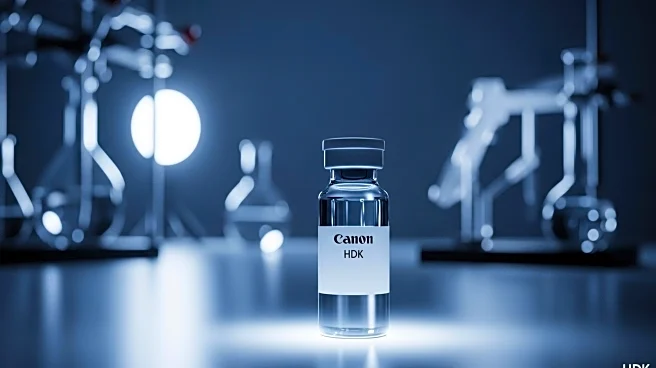What's Happening?
Scientists at the NYU Pain Research Center have identified a receptor in prostaglandins responsible for pain but not inflammation, potentially leading to more selective NSAIDs. Published in Nature Communications, the study focuses on prostaglandin E2 (PGE2) and its receptors in Schwann cells. The researchers found that blocking the EP2 receptor in these cells eliminated pain responses in mice without affecting inflammation. This discovery could pave the way for new pain treatments that avoid the adverse effects associated with traditional NSAIDs.
Why It's Important?
NSAIDs are widely used for pain relief but carry risks such as stomach damage and increased bleeding. By decoupling pain from inflammation, new drugs could provide effective pain relief while allowing inflammation to promote healing. This approach could improve treatment for conditions like arthritis, where inflammation is beneficial. The development of selective EP2 receptor antagonists could reduce reliance on traditional NSAIDs, offering safer alternatives for long-term pain management.
What's Next?
Researchers are conducting pre-clinical studies to explore the use of EP2 receptor-targeting drugs for pain conditions typically treated with NSAIDs. While systemic administration requires further research, localized treatments for specific areas, such as joints, show promise. The findings may lead to new drug development strategies that focus on targeted pain relief without compromising inflammation's protective role.











